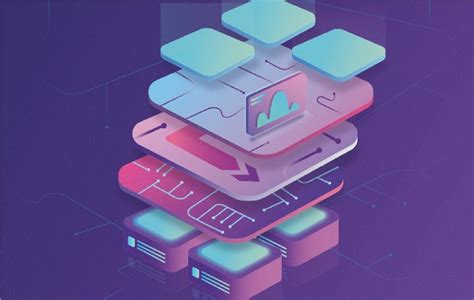As technology continues to evolve, the need for a scalable linear tech stack has become increasingly important for businesses to remain competitive. A linear tech stack refers to a set of technologies that work together in a linear fashion to support the development and deployment of software applications. In this article, we will explore the importance of building a scalable linear tech stack and provide guidance on how to achieve it.
Why Scalability Matters
Scalability is critical for businesses that want to grow and expand their operations. A scalable tech stack allows companies to quickly adapt to changing market conditions, handle increased traffic, and support new features and functionality. Without scalability, businesses risk experiencing bottlenecks, downtime, and decreased performance, ultimately leading to lost revenue and customer dissatisfaction.
Characteristics of a Scalable Linear Tech Stack
A scalable linear tech stack should possess certain characteristics, including:
- Modularity: Each component of the tech stack should be designed to work independently, allowing for easy maintenance, updates, and replacements.
- Flexibility: The tech stack should be able to adapt to changing requirements and support new features and functionality.
- Reliability: The tech stack should be able to handle increased traffic and load without experiencing downtime or decreased performance.
- Maintainability: The tech stack should be easy to maintain, update, and debug.
Building a Scalable Linear Tech Stack
Building a scalable linear tech stack requires careful planning and consideration. Here are some steps to follow:
Step 1: Choose the Right Programming Language
The choice of programming language is critical in building a scalable linear tech stack. Languages such as Java, Python, and Go are popular choices due to their scalability, flexibility, and maintainability.

Step 2: Select a Suitable Framework
A suitable framework can help to simplify the development process and improve scalability. Popular frameworks such as Spring, Django, and React are designed to support scalability and flexibility.
Step 3: Design a Modular Architecture
A modular architecture is critical in building a scalable linear tech stack. Each component of the architecture should be designed to work independently, allowing for easy maintenance, updates, and replacements.

Step 4: Implement a Load Balancer
A load balancer is critical in distributing traffic across multiple servers, ensuring that no single server becomes overwhelmed.
Step 5: Use a Database That Supports Scalability
A database that supports scalability is critical in building a scalable linear tech stack. Popular databases such as MySQL, PostgreSQL, and MongoDB are designed to support scalability and flexibility.
Step 6: Monitor and Analyze Performance
Monitoring and analyzing performance is critical in identifying bottlenecks and areas for improvement.

Step 7: Continuously Test and Refine
Continuous testing and refinement are critical in ensuring that the tech stack remains scalable and efficient.
Gallery of Scalable Linear Tech Stack:






FAQ Section:
What is a scalable linear tech stack?
+A scalable linear tech stack is a set of technologies that work together in a linear fashion to support the development and deployment of software applications.
Why is scalability important?
+Scalability is critical for businesses that want to grow and expand their operations. A scalable tech stack allows companies to quickly adapt to changing market conditions, handle increased traffic, and support new features and functionality.
How do I build a scalable linear tech stack?
+Building a scalable linear tech stack requires careful planning and consideration. Steps include choosing the right programming language, selecting a suitable framework, designing a modular architecture, implementing a load balancer, using a database that supports scalability, monitoring and analyzing performance, and continuously testing and refining.
By following these steps and considering the characteristics of a scalable linear tech stack, businesses can build a tech stack that supports growth, expansion, and innovation.
